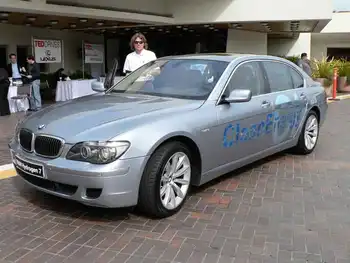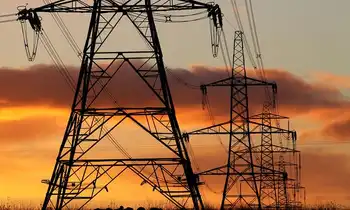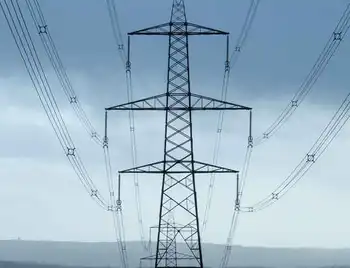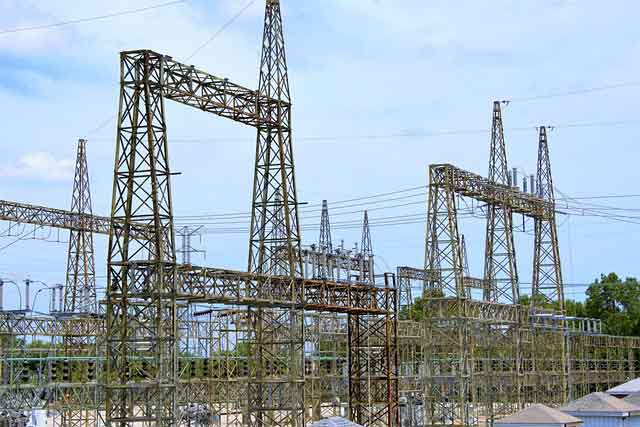Billions wasted when replacing failed motors
ATLANTA, GEORGIA - According to the Department of Commerce, U.S. industry will have to replace nearly 3 million failed electric motors rated between 1 and 200 HP in their plants this year. Unfortunately, in more than 4-out-of-5 cases, plant operation or purchasing managers will choose the wrong replacement unit.
This is because organizations across the board continue to specify motors based on lowest capital cost, rather than looking at total cost of ownership.
“If you look at the total cost of operating an electric motor over its typical 20 year service lifetime, you will find that the initial purchase price of the motor represents about 2% of the total lifetime cost,” said Valone Gomes, national OEM sales and product manager at WEG Electric Motors Corp., “whereas 97% of the total expenditures are for the electricity to power the motor. Clearly this means that motor efficiency and reliability should be the principle selection criterion, not the cheapest initial purchase price.”
Gomes explained that since the passage of the Energy Policy Act of 1992 (EPAct), U.S. industry had to meet certain minimum electrical efficiency standards when replacing electric motors. These were embodied by a class of EPAct high efficiency motors which represented a snapshot of the best available motor technology available around 1990 to gain 1 to 4% in efficiency.
But, technology has improved considerably, and a new class of motors — called NEMA Premium Efficiency (NPE) motors — is now available from suppliers throughout the industry. NPE motors deliver efficiencies of 1 to 4% above EPAct designs, but are more expensive to manufacture and so have initial cost premiums of 10 to 30% over EPAct units.
“So the vast majority of people replacing a motor will buy the EPAct variety based on its lower initial purchase cost,” Gomes said. “But by selecting an NPE motor for the same application, they could have saved the purchase premium in as little as two or three months in reduced electricity bills, and pay for the entire motor in less than 3 years based on the lower energy costs during that period. And this does not take into account the programs sponsored by local governments and utilities that subsidize the purchase of higher efficiency motors with rebates, tax credits, and other incentives.”
Gomes noted that, “NEMA Premium Efficiency motors will be required for motor replacement after 2010, when the Energy Independence and Security Act comes into force. But in the meantime, U.S. industry could be saving million of dollars a years if they selected motors based on lifetime cost rather than purchase price.
“In fact, the Department of Energy has estimated that switching exclusively to NEMA premium motors would save U.S. industry more than $10 billion annually, and reduce carbon emissions by nearly 80 million metric tons – the carbon equivalent of taking 16 million autos off the road. That’s good business and good environmental citizenship.
Related News

BMW boss says hydrogen, not electric, will be "hippest thing" to drive
LONDON - BMW is hanging in there with hydrogen. That’s what Oliver Zipse, the chairperson of BMW, reiterated during an interview last week in Goodwood, England.
“After the electric car, which has been going on for about 10 years and scaling up rapidly, the next trend will be hydrogen,” he says. “When it’s more scalable, hydrogen will be the hippest thing to drive.”
BMW has dabbled with the idea of using hydrogen for power for years, even though it is obscure and niche compared to the current enthusiasm surrounding vehicles powered by electricity. In 2005, BMW built 100 “Hydrogen 7” vehicles that…




